Serverless, VMs & Containers
Architecture & Economics
Agenda
- Overview
- Scenarios - when what, makes sense
- Frugality - Engineering decisions
- AWS Lambda - Demo
VMs, Containers, Lambdas
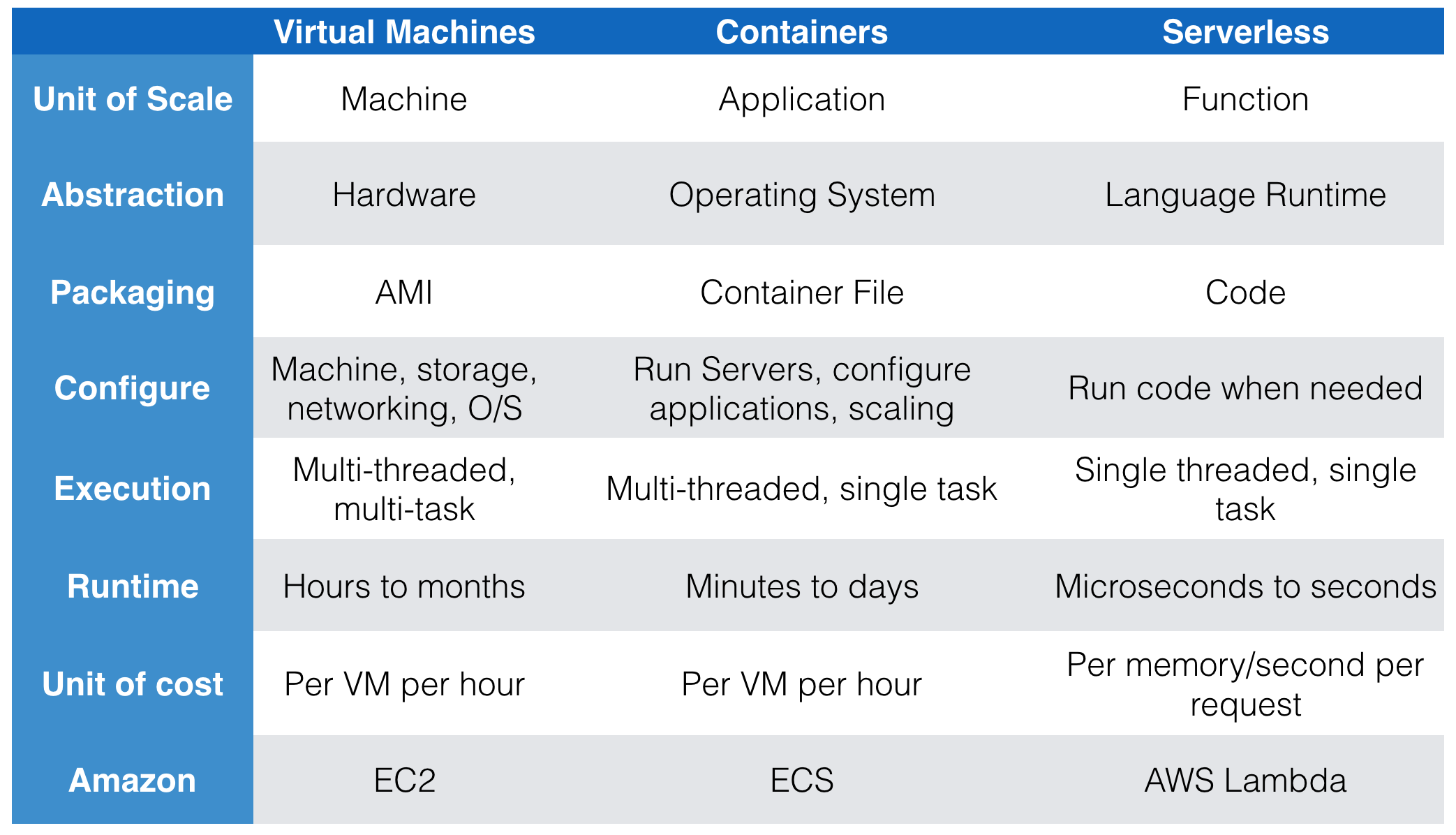
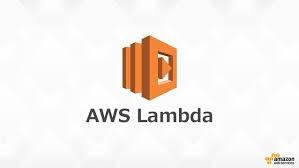



What is Serverless?
Application developers are no longer in control of the ‘server’ process that listens to a TCP socket, hence the name ‘serverless’.
AWS Lambda is a
How AWS sees it
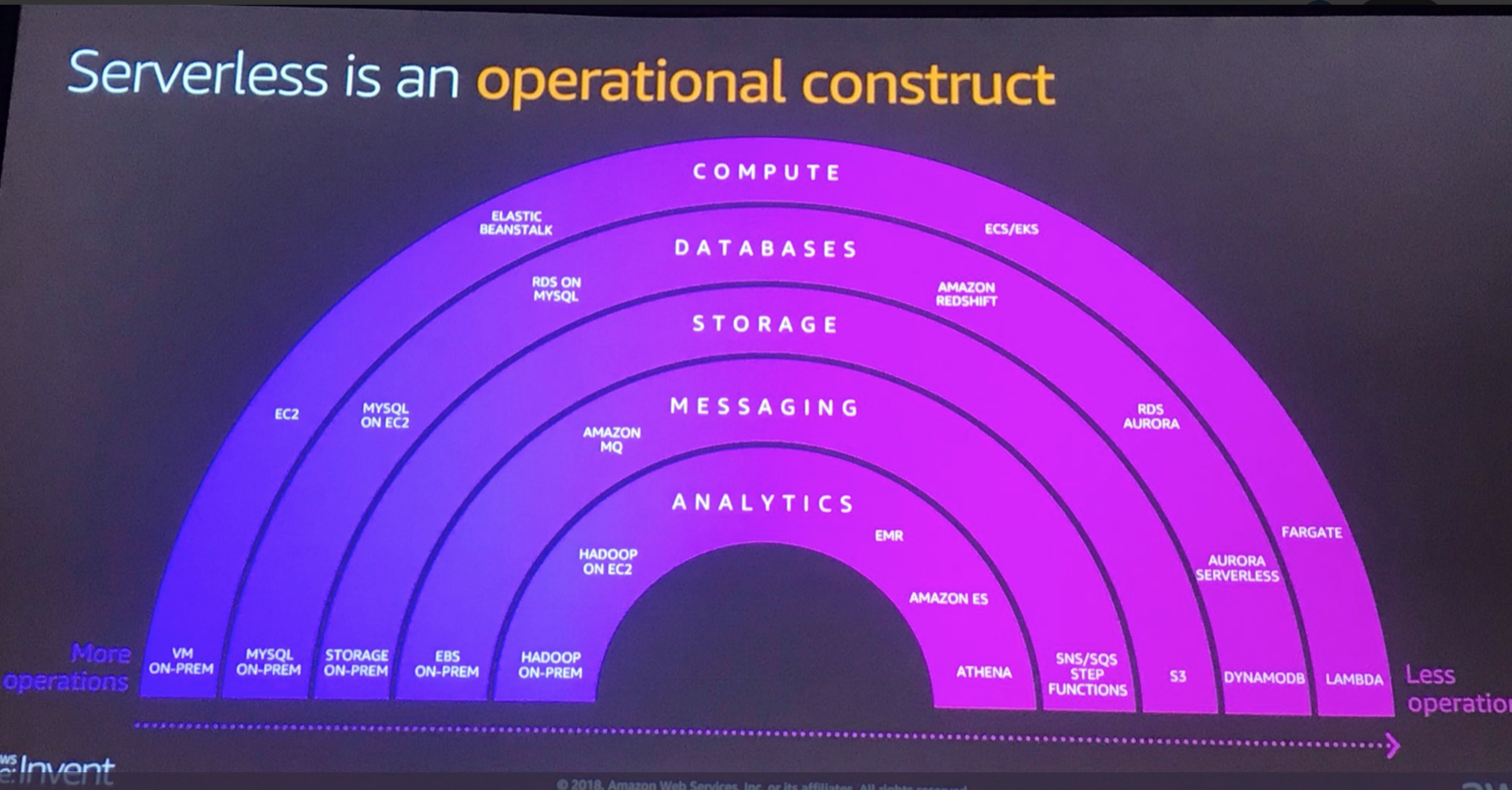
EC2 Vs Lambdas
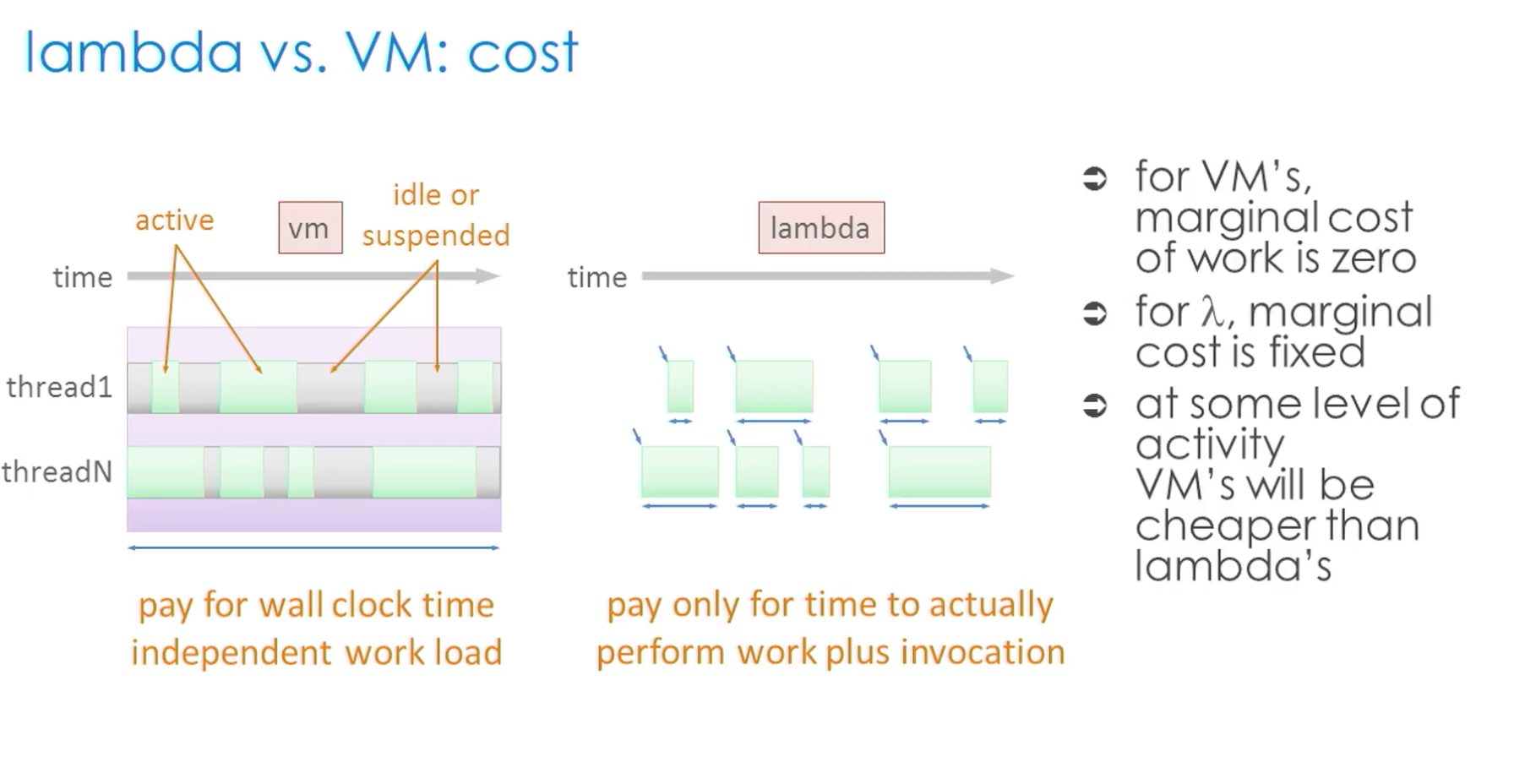
REPORT RequestId: 17d0ab6c-498c-41be-bbc1-e28694b2e4d9 Duration: 134.46 ms Billed Duration: 200 ms Memory Size: 128 MB Max Memory Used: 8 MB
REPORT RequestId: a8629095-0f21-11e9-b23e-2d156c30c368 Duration: 1146.18 ms Billed Duration: 1200 ms Memory Size: 128 MB Max Memory Used: 63 MB
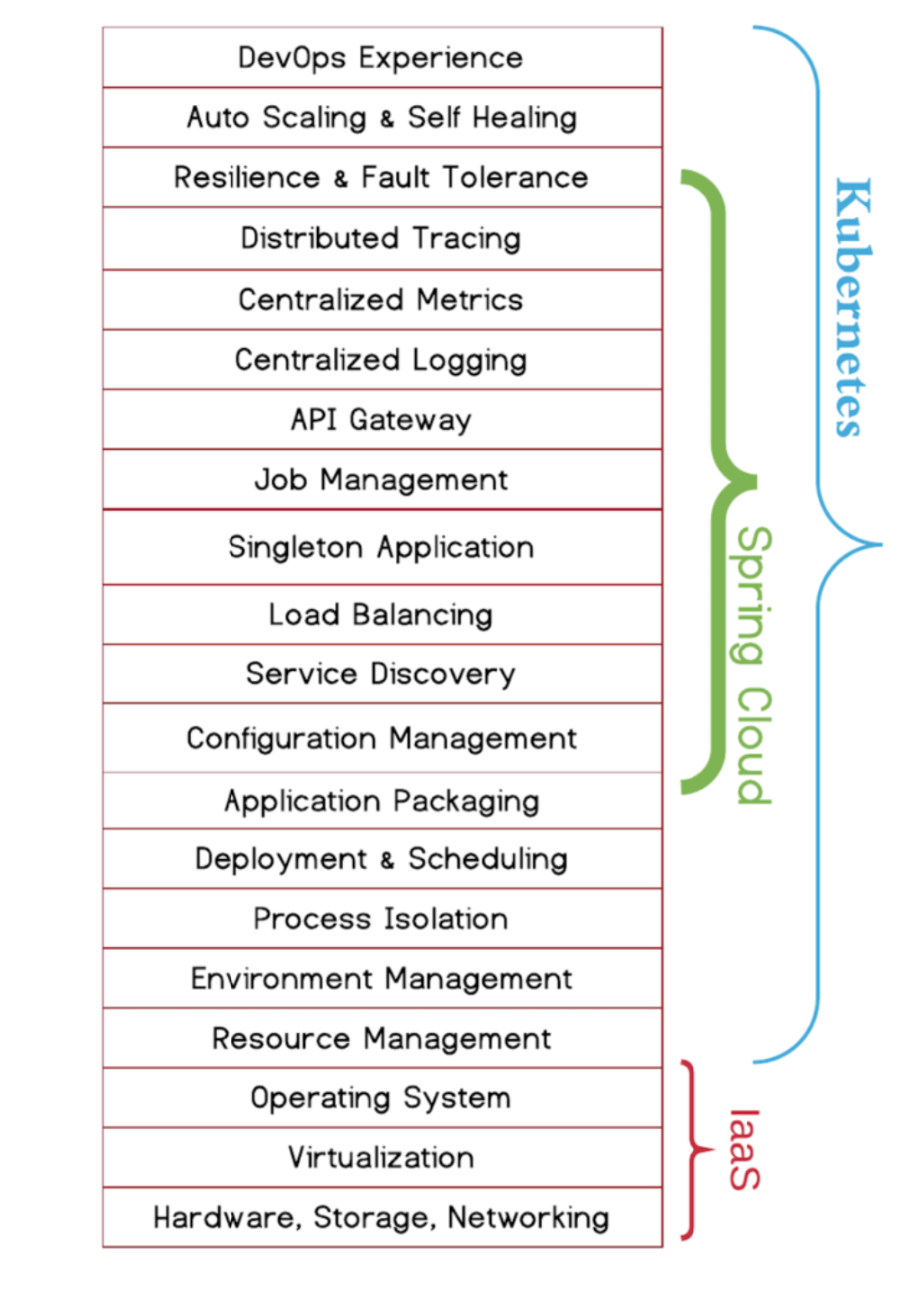
Spring Cloud - Kubernetes

Microservice is Independently deployable Implementing a business capability Doing one thing, and doing it well Communicating over the network
Understand the sweetspots

AWS EC2 offers 2 types of instances: "burst" (t2) and "fixed" (m4, c4, etc.)
Burst or "T-class" instances are pitched for burst use cases. They're typically half the price of a "fixed performance instance" (m4, c4, etc.), but you'll only get 20% of the throughput. we also need to configure/maintain autoscaling or risk depleting your "credits" at which point AWS will throttle the instance to almost nothing
https://www.ec2instances.info/
Serverless
- no management of server hosts or server processes,
- self auto-scaling and auto-provisioning based upon load, costs that are based on precise usage, with zero usage implying approximately zero cost,
- performance capabilities defined in terms other than host size and count, and implicit high availability
Servers
- No vendor lock-ins if we choose all operations with aws lambda - New Oracle?
- back up and fail-over support
- caching, long-running processes.
- No Loss of control
- Tooling, No implementation limitations
P.S. it doesn't mean no servers OR machine, it means cloud companies have found an efficient way to "spin up an instance when an individual function is actually called to execute and return the results"
Amazon Web Services unveiled their ‘Lambda’ platform in late 2014 but now it's getting streamlined.
all your eggs in one AWS basket carries risks with it
Separate Lambda handler from core logic
use for "transform" and not "transport"
read only what you need
No orchestrations - Avoid lambda linking, use dedicated tools for this
re-try/throttle - Use Kafka
Avoid sleep OR threads
EC2 - Billing
On Demand
Spot Pricing
Reserved
Dedicated.
Instance types
General Purpose
Memory Optimized
Accelerated Computing Instances
Storage Optimized
Server-full code - SpringBoot,spring libraries
Monitoring code is missing
No local testing/manual deployment
Fault containment
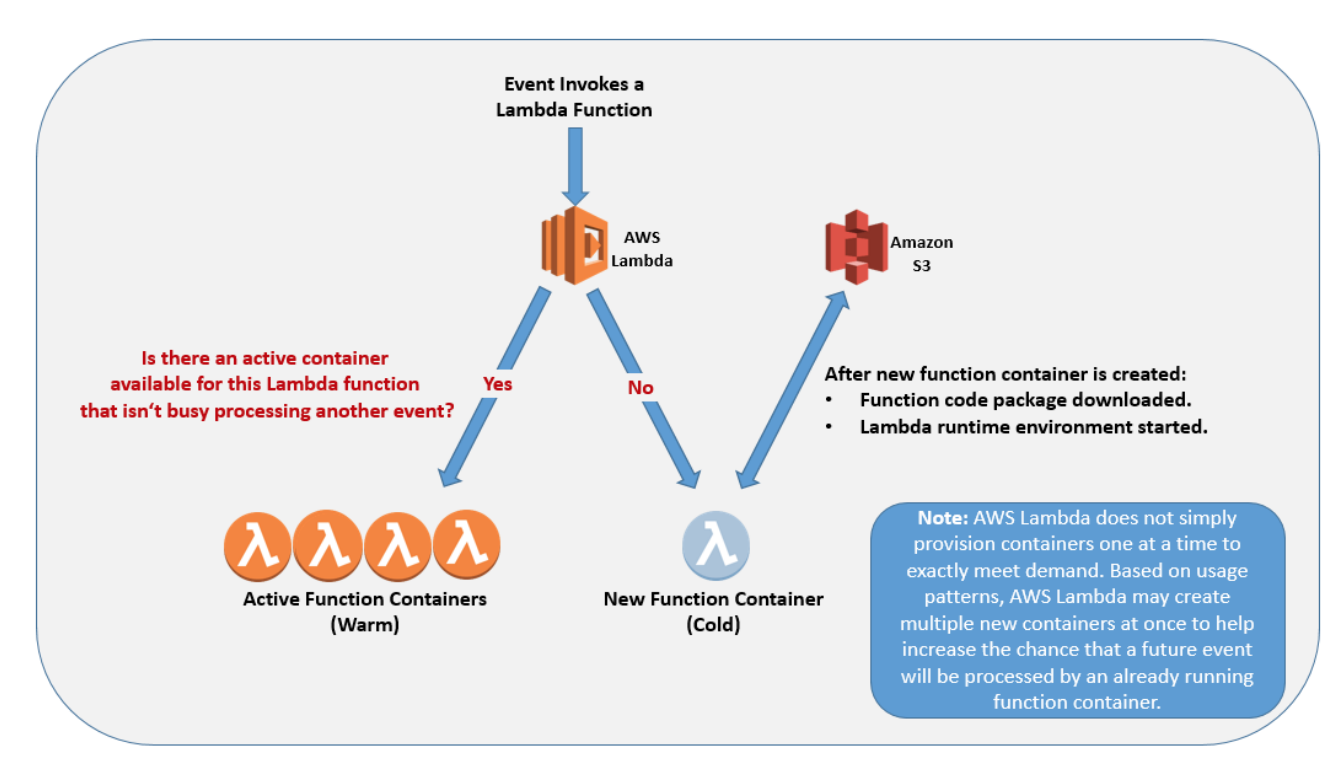

Functions as future
All cloud companies are embracing and unstoppable
Reducing DevOps and Maintenance Costs
The speed of development
Frugality
Security
Elasticity
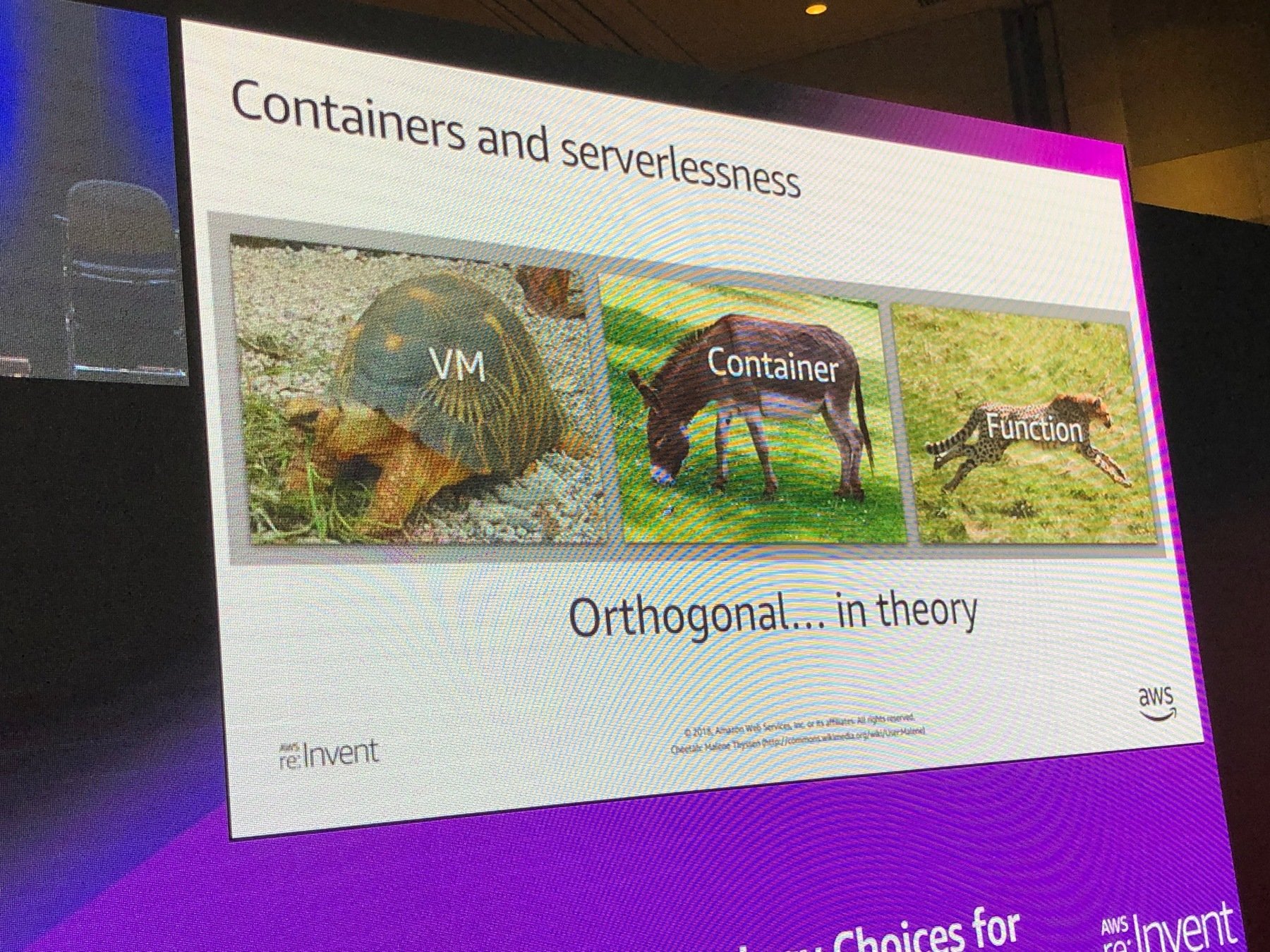
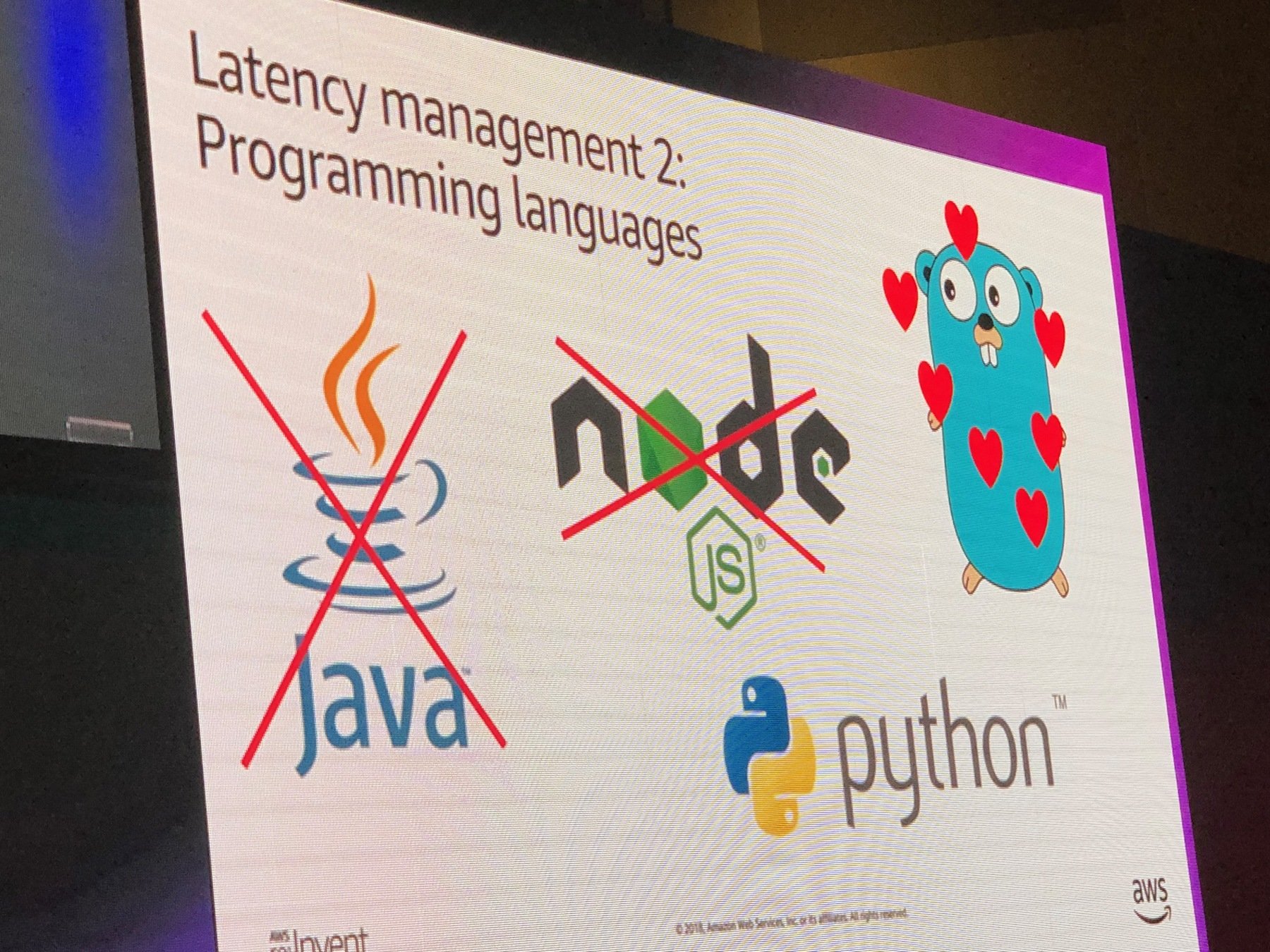
Lambda Languages
A Lambda function with 512 MB of memory run for 1 hour (or, more likely, as several calls of the same function adding up to an hour of uptime) costs $0.030024, while an on-demand EC2 server with the same statistics (a t2.nano server with 0.5 GB of memory) costs $0.0059 per hour.
Cold Start Vs Warm start
Deploying new lambda function
Updating lambda configuration
Updating lambda configuration
Increasing lambda concurrency
Invoking lambda functionality after a period of inactivity (cold starts happen when a function is idle for ~5 mins)
Lambda bills in 100ms increments, so 10ms workloads probably don't make sense on Lambda
If the workload is between 70ms and 300s, and you can tolerate some cold starts (up to 4s delay), then Lambda is the rational choice.
The pricing sweet spot is for workloads with memory <= 512MB and duration >= 70ms

Install plugins
Dev setup (IntelliJ as an example)
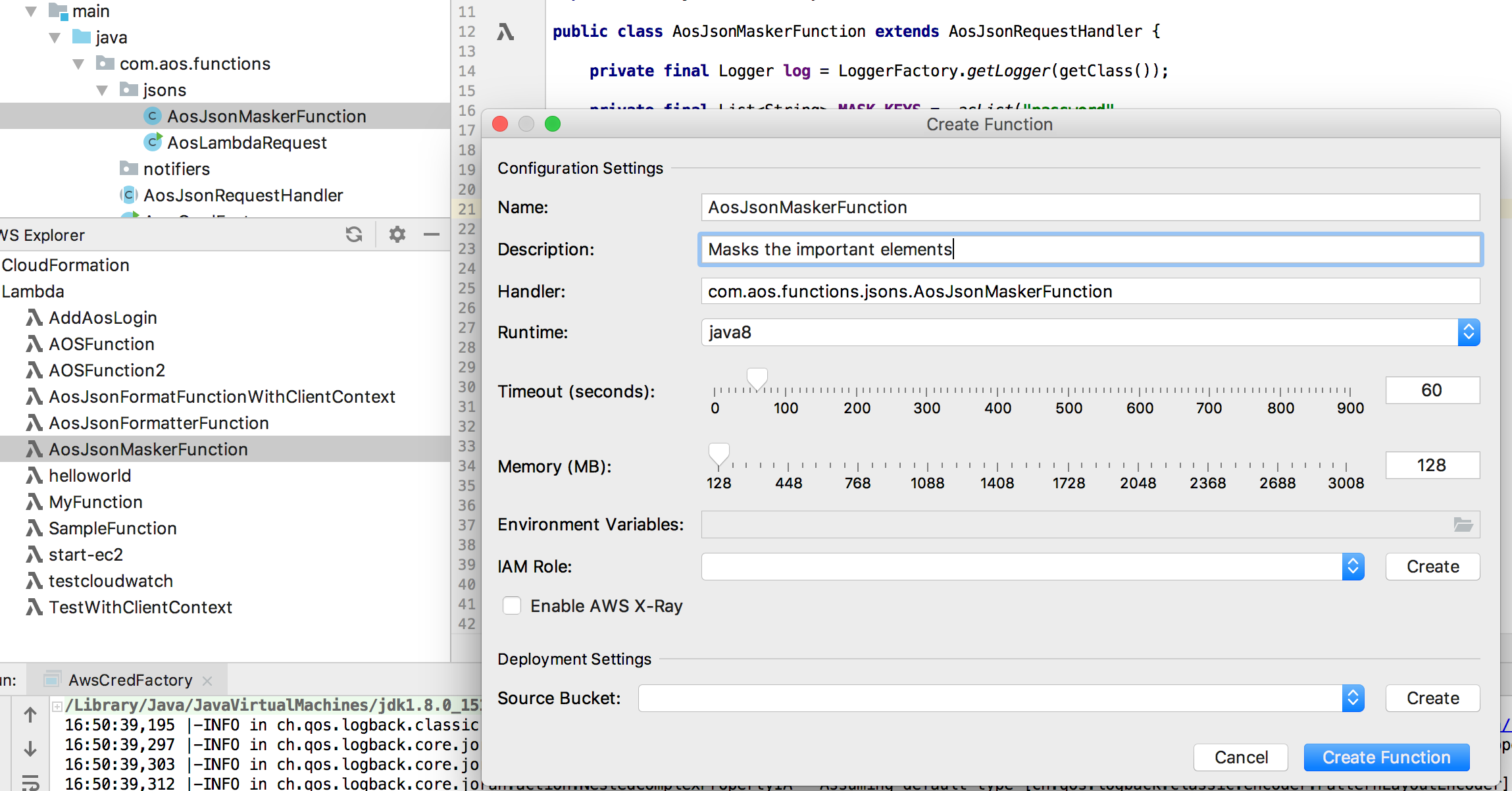
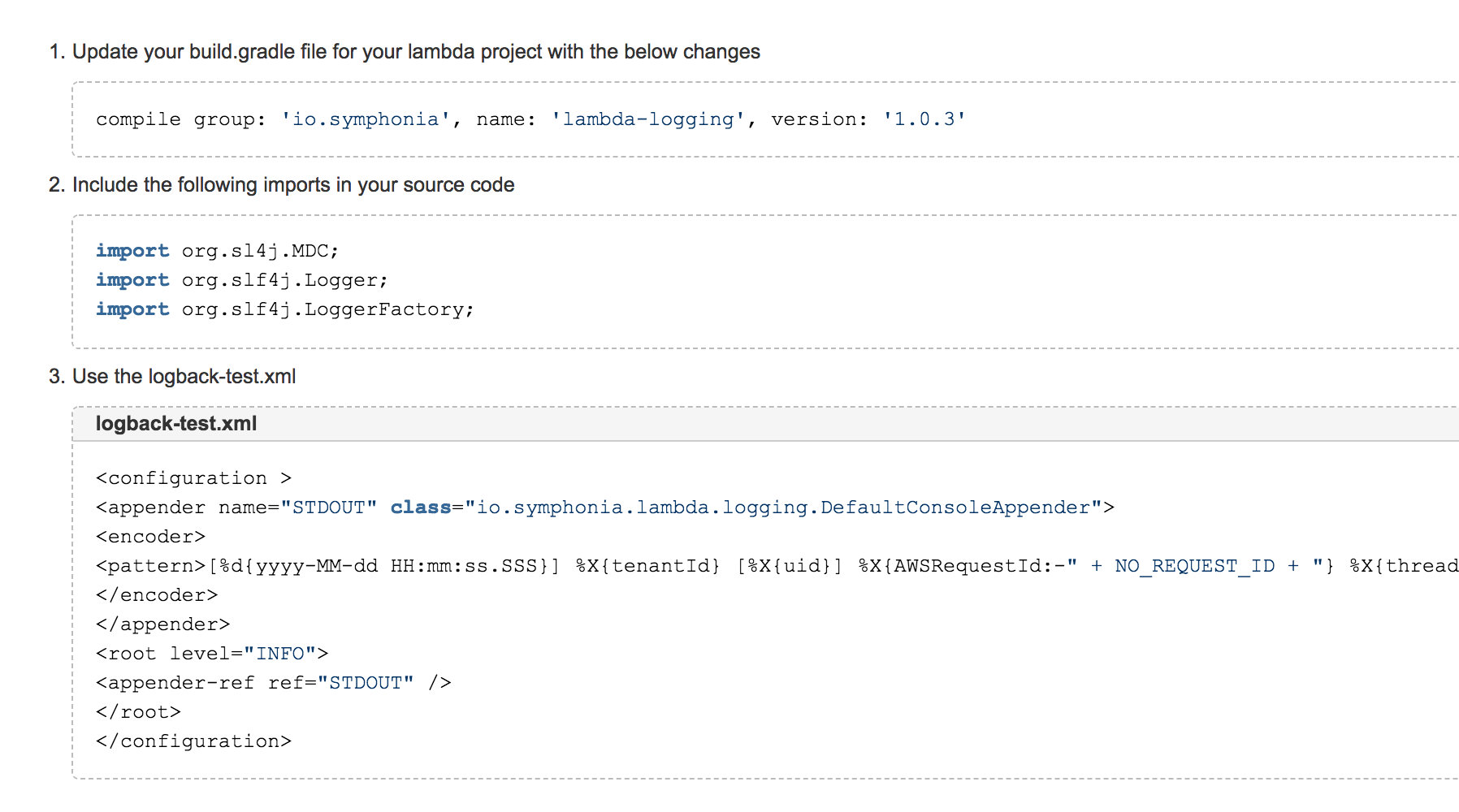
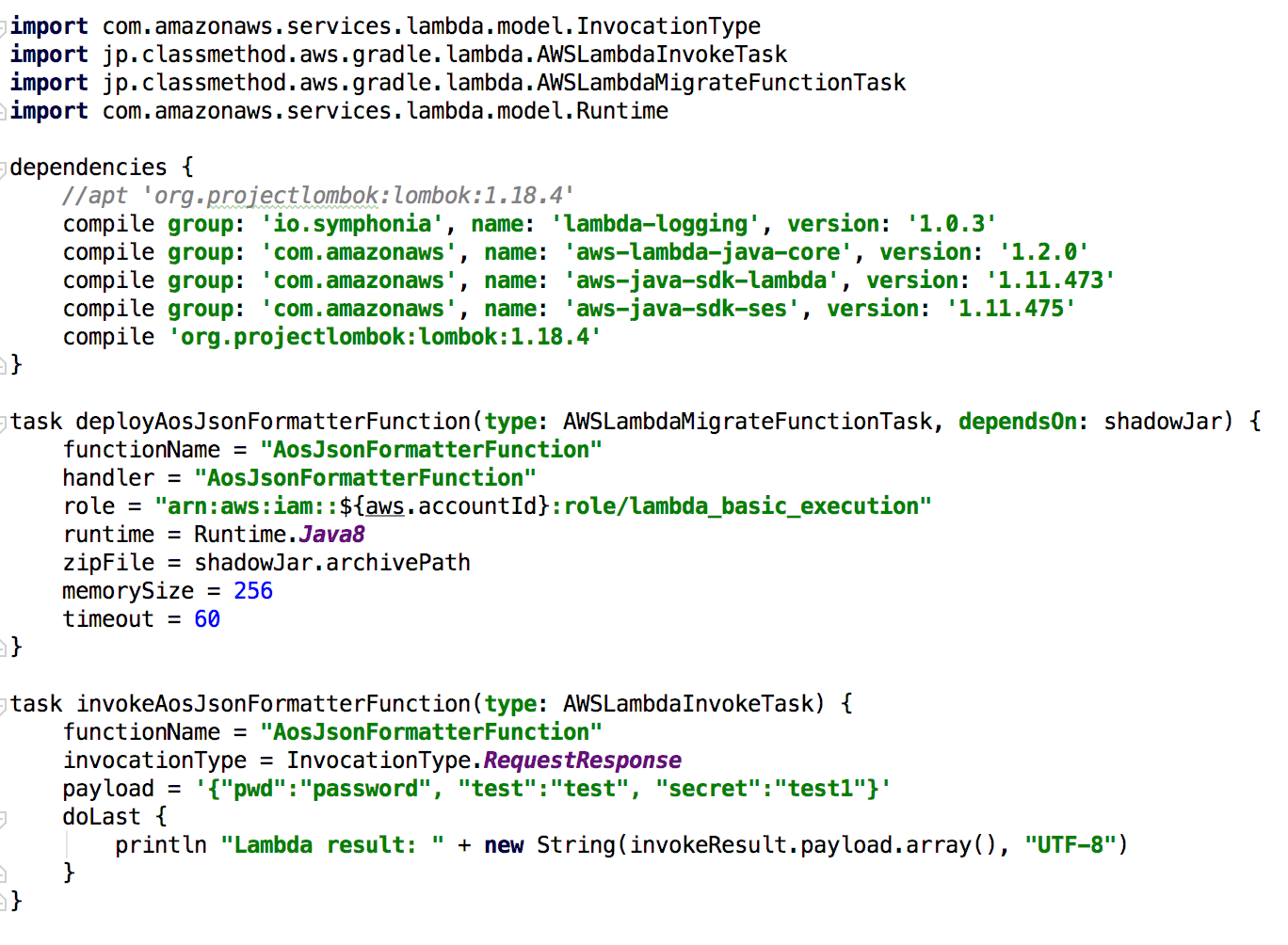
Gradle and config changes
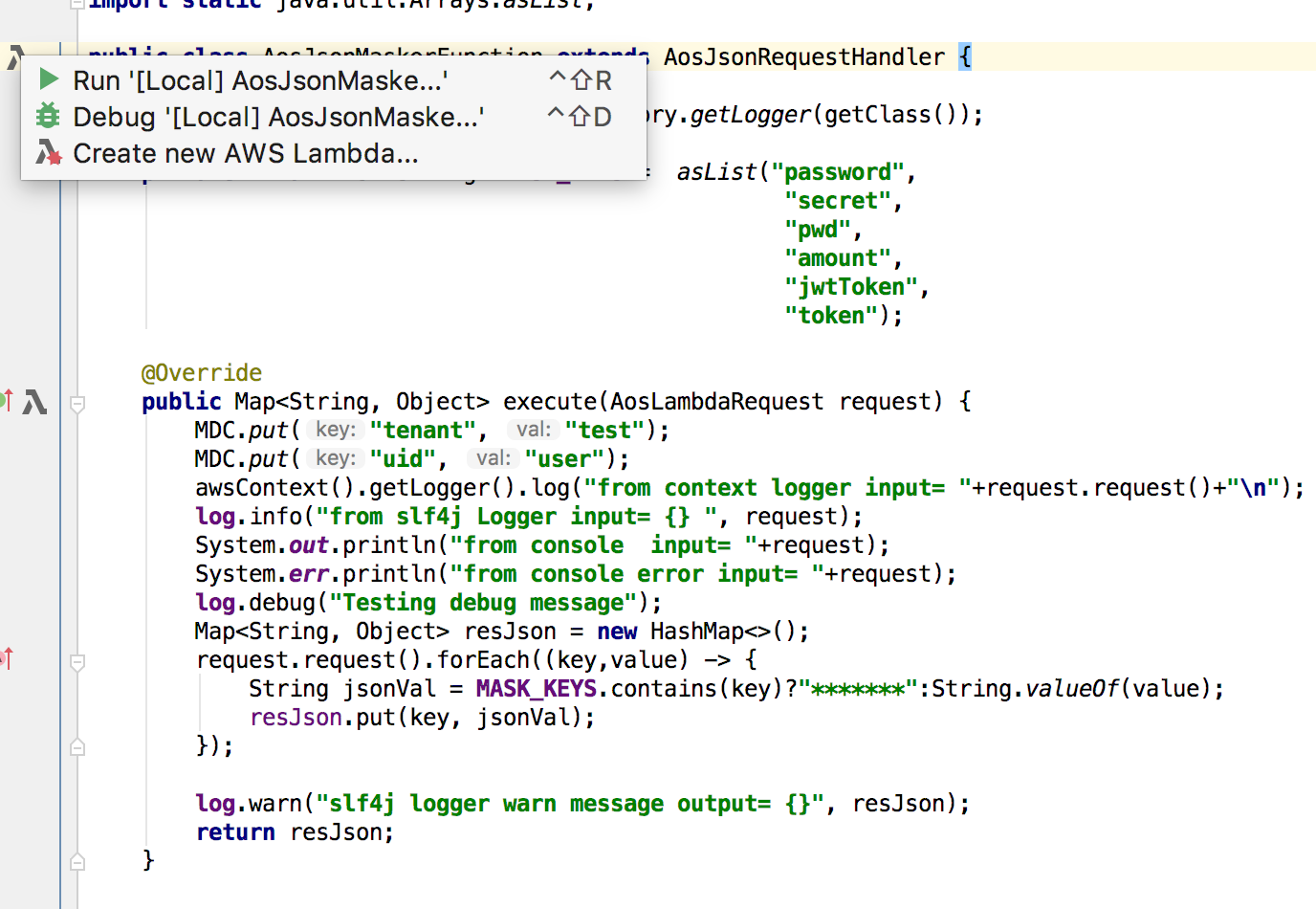
Orchestrations
Long-lived
Data-driven
Durable
Unified Logging
Eventing
Loosely coupled
Async
Buffered
Durable
APIs
Tightly Coupled
Contract Driven
Synchronous
Fast
Integration Patterns




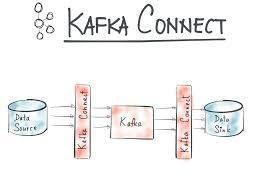
docker as primitive, everything is a docker image
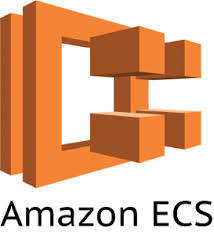
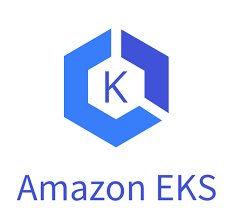

How about Orchestration?
Docker compose -> pods (eks)
Docker compose -> task definitions (ecs)


Dev effort only with docker-compose
Same orchestration on dev/testing/performance/production with difference flavors (cpu, mem)
Multi-cloud with kubernetes

Lambda Languages
A Lambda function with 512 MB of memory run for 1 hour (or, more likely, as several calls of the same function adding up to an hour of uptime) costs $0.030024, while an on-demand EC2 server with the same statistics (a t2.nano server with 0.5 GB of memory) costs $0.0059 per hour.
Cold Start Vs Warm start
Deploying new lambda function
Updating lambda configuration
Updating lambda configuration
Increasing lambda concurrency
Invoking lambda functionality after a period of inactivity (cold starts happen when a function is idle for ~5 mins)
Lambda bills in 100ms increments, so 10ms workloads probably don't make sense on Lambda
If the workload is between 70ms and 300s, and you can tolerate some cold starts (up to 4s delay), then Lambda is the rational choice.
The pricing sweet spot is for workloads with memory <= 512MB and duration >= 70ms
golang outperforms all runtime across memory limits in most of the cases
Java has highest cold start invocation time
when there are many < 1GB RAM CPU-bound jobs where concurrency matters and Lambda is a silver bullet.

http://guides.micronaut.io/micronaut-function-aws-lambda/guide/index.html
Which Integration Pattern to pick?
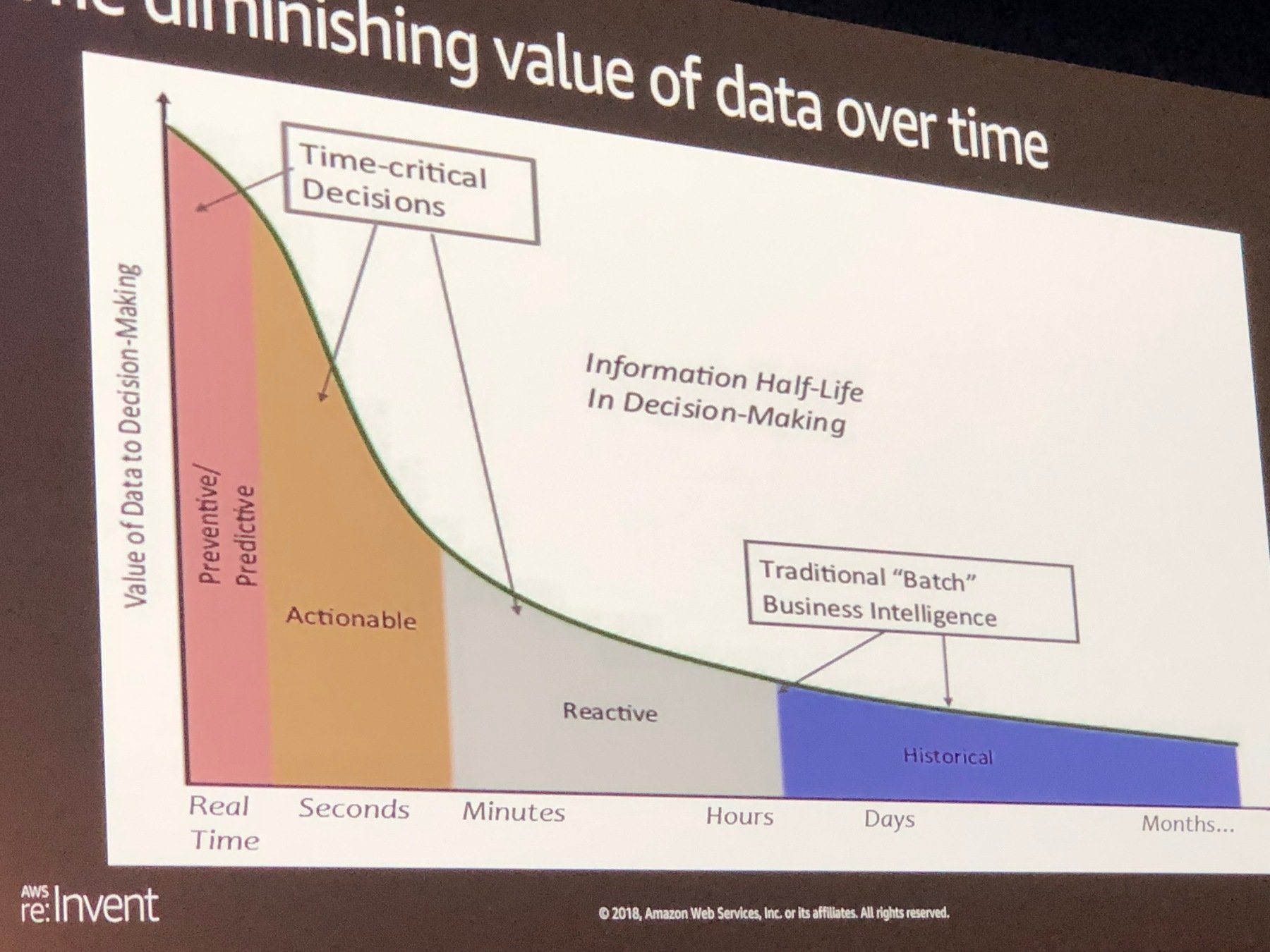
https://docs.aws.amazon.com/lambda/latest/dg/retries-on-errors.html - Retry behaviour
https://www.ec2instances.info/?cost_duration=monthly&selected=m1.xlarge - EC2 Information